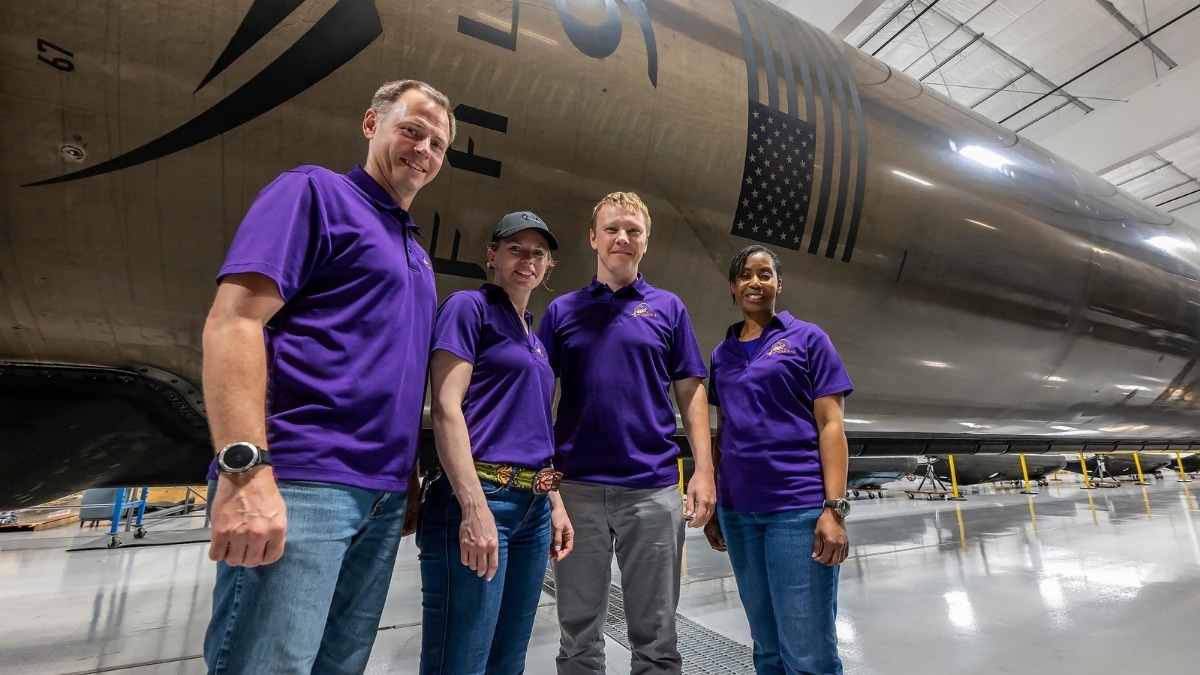 Image Credits: The Maritime Executive
Image Credits: The Maritime Executive
NASA is gearing up for an exciting milestone as it prepares for the August launch of the Crew-9 mission. Scheduled for August 2024, this mission marks a significant step forward in the United States’ commitment to advancing space exploration and international collaboration.
Crew-9 will be the ninth operational mission under NASA’s Commercial Crew Program, which aims to transport astronauts to and from the International Space Station (ISS) using private spacecraft. The upcoming launch will see a SpaceX Falcon 9 rocket carrying the Crew Dragon spacecraft, designed for maximum safety and efficiency.
This mission is notable not only for its routine function of maintaining crew rotations aboard the ISS but also for its diverse international crew. The mission will feature astronauts from NASA, the European Space Agency (ESA), and the Japanese Aerospace Exploration Agency (JAXA). This international representation underscores the collaborative spirit that drives space exploration, fostering global partnerships and scientific exchange.
Crew-9’s objectives include conducting scientific experiments, performing maintenance on the ISS, and testing new technologies that will be critical for future deep-space missions. The mission will be instrumental in advancing research on the effects of long-duration spaceflight on the human body, which is vital for upcoming missions to the Moon and Mars.
NASA’s careful planning and preparation for Crew-9 reflect its commitment to pushing the boundaries of space exploration. As the launch date approaches, the space community is abuzz with anticipation, eager to see the results of this next chapter in human spaceflight.
The Crew-9 mission will see astronauts spending approximately six months aboard the ISS. The mission follows the successful completion of Crew-8, which returned in early 2024 after a productive stint aboard the station. Crew-9 will also focus on implementing new systems and protocols for spaceflight safety and efficiency. This launch is part of NASA’s broader strategy to maintain continuous human presence on the ISS, an essential component of the agency’s goals for space exploration and scientific research.
